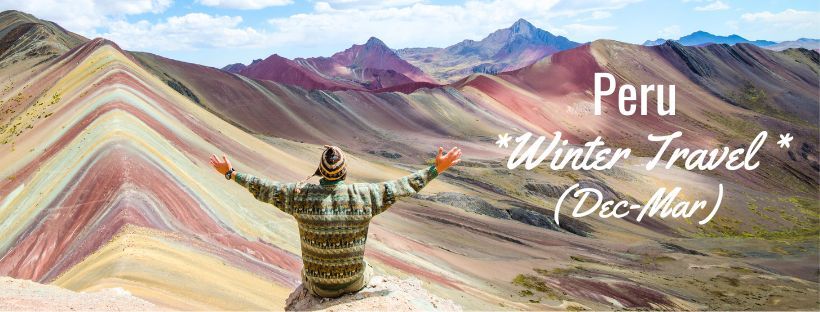
Traveling to Peru during Northern Hemisphere's winter season (December, January, February) can be a great experience, but there are some things you should consider.
Winter Travel to Peru – Explore Machu Picchu in Summer
Northern winter equals Peruvian summer — the dry season and best time to visit Machu Picchu, Cusco, and the Sacred Valley. Ideal for trekking, cultural tours, and family travel, this season provides clear skies and comfortable temperatures. Latin Discoveries creates trips that maximize your Peruvian adventure during this peak time.
December to March is summer in Peru, and it is the wettest time of the year in most parts of the country. The coastal areas, such as Lima, experience high humidity and occasional rainfall. In the Andean region, including popular tourist destinations like Cusco and Machu Picchu, it is also the rainy season. The rain can make trekking and outdoor activities more challenging, and there is a higher chance of landslides or road closures in mountainous areas.
However, despite the rain, there are still advantages to traveling during this period. The landscapes are lush and green, and the countryside is filled with blooming flowers. Additionally, the rainy season is considered the low tourist season, so you may encounter fewer crowds and lower prices for accommodations and tours.
If you plan to visit the Amazon rainforest, keep in mind that it receives rainfall throughout the year, but December to March is considered the high-water season. This means that some areas may be inaccessible due to flooding, and wildlife sightings might be more challenging.
In summary, traveling to Peru between December and March can be enjoyable, but be prepared for the possibility of rain and plan your activities accordingly. If you don't mind the rain and are flexible with your itinerary, you can still have a memorable trip during this time.
Start designing the trip of your dream: get in touch with your Peru Travel Expert now!